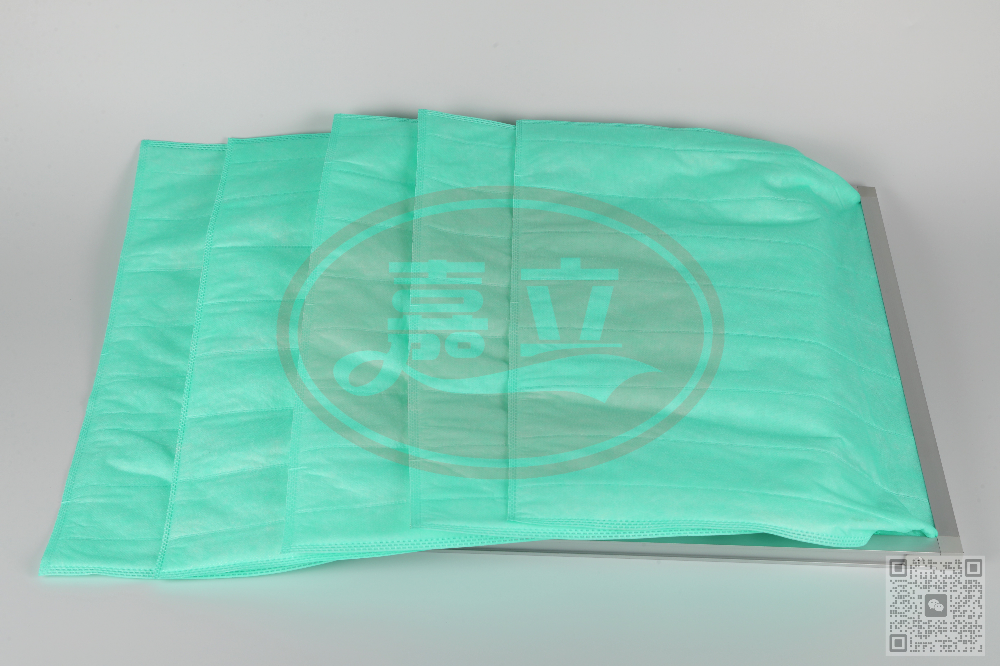In the world of graphic design, image filters are extremely useful tools that can help create stunning visuals and can take designs to the next level. High-efficiency filters have become increasingly popular with designers as they help them save time and make the design process more efficient. In this article, we will explore the concept of high-efficiency filter graphic design and its benefits in detail.
High-efficiency filters refer to a group of image filters that utilize sophisticated algorithms and techniques to produce high-quality images. These filters use complex mathematical models to enhance specific areas of an image while preserving its overall quality. They work by manipulating the pixels in an image according to specific parameters and can transform even mediocre images into visually stunning works of art.
1. Saves Time: One of the biggest advantages of high-efficiency filters in design is that they save time. Unlike traditional filters that require manual adjustments, high-efficiency filters simply apply preset algorithms to an image. This means that designers can produce stunning visuals in a matter of seconds without the need for extensive manual editing.
2. Consistency: High-efficiency filters also help to ensure consistency in design. As the preset algorithms are applied consistently across all images, the resulting visuals tend to have a consistent look and feel. This is particularly useful for brands looking to develop a consistent visual identity.
3. Easy to Use: High-efficiency filters are also very easy to use. Most modern design software includes high-efficiency filters as standard, and they can be applied with just a few clicks. This makes them an ideal tool for designers of all skill levels.

4. Creativity: Finally, high-efficiency filters can help designers to easily experiment with different design ideas and concepts. By applying different filters to an image, designers can quickly explore various design directions without having to spend hours on manual edits.
1. Content-Aware Fill: This filter uses advanced algorithms to replace an unwanted area of an image with content that is similar in tone and texture to the surrounding area. This is particularly useful for removing unwanted objects from an image.
2. Gaussian Blur: Gaussian blur is a popular filter that softens an image to create a dreamy or ethereal effect. This filter is often used in portrait photography to create a softer, more romantic look.
3. Gradient Map: This filter applies a gradient to an image, with the pixels of the image being mapped to the different colours of the gradient. This filter is often used to create colourful and vibrant visuals.

4. High-Pass Filter: The high-pass filter is used to increase the sharpness of an image. It works by enhancing the edges of an image to make it look more defined and crisp.
5. Oil Paint: This filter applies a painting-like effect to an image. It is particularly useful for creating stylized and artistic visuals.
6. Emboss: The emboss filter applies a 3D effect to an image, making it look raised or engraved.

Overall, high-efficiency filters are a powerful tool in the designer's arsenal. By using these filters, designers can easily create stunning visuals in a matter of seconds, without sacrificing quality or consistency. As such, it's important for designers to keep up-to-date with the latest high-efficiency filter tools and techniques, so they can continue to create beautiful and engaging visuals for their clients and customers.
 扫一扫咨询微信客服
扫一扫咨询微信客服